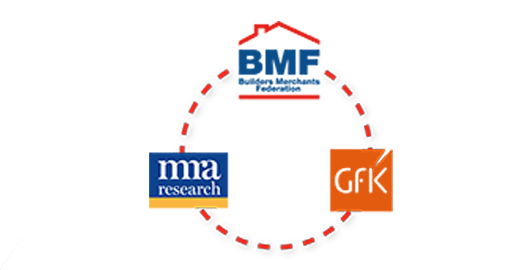Bostik Comment: Q3 2021

Demand for construction products is buoyant and overall production output remains strong, however the growing price of raw materials is creating a challenging economic picture. We’ve seen first-hand the impact on adhesive and sealant raw material feedstock prices, which have increased every quarter throughout 2021 due to a strong rebound across all markets where they are used including construction, automotive, electronics and personal care. Some key raw materials have reached historic highs, with prices increasing by more than 40% since August.
Approximately 60% of the global volume for some of these feedstocks is produced in China, where we are again witnessing increases, as plants reduce production capacity to meet regional Chinese government emission and energy control targets. China is the world’s biggest producer of silicon and its price has increased by 300%, with no reduction expected for at least the next year.
In terms of regulatory changes, the plastic packaging tax takes effect from April 2022. The construction sector is one of the worst offenders consuming 23% of all UK plastic packaging and generating an estimated 50,000 tonnes of plastic packaging waste each year. It is our responsibility to lead a change in the industry by pushing suppliers for alternative materials and ways of packaging our goods.
The UK government’s decision to delay the introduction of the UKCA mark by a year because of the pandemic is sensible. However, that doesn’t mean we should take our foot off the pedal. It’s essential we use this time to good effect by organising retesting and packaging updates to avoid any delays come 1st January 2023.
The Code for Construction Product Information (CCPI), developed by the CPA’s Marketing Integrity Group, also continues to gather momentum. The CCPI sets a level playing field for all construction product manufacturers to ensure that the information they provide is clear, accurate, up-to-date, accessible and unambiguous.
The CCPI is likely to become a benchmark for any public sector work and may be more widely adopted by specifiers for private sector work, so we’re keeping a close eye on the scheme’s progress.



